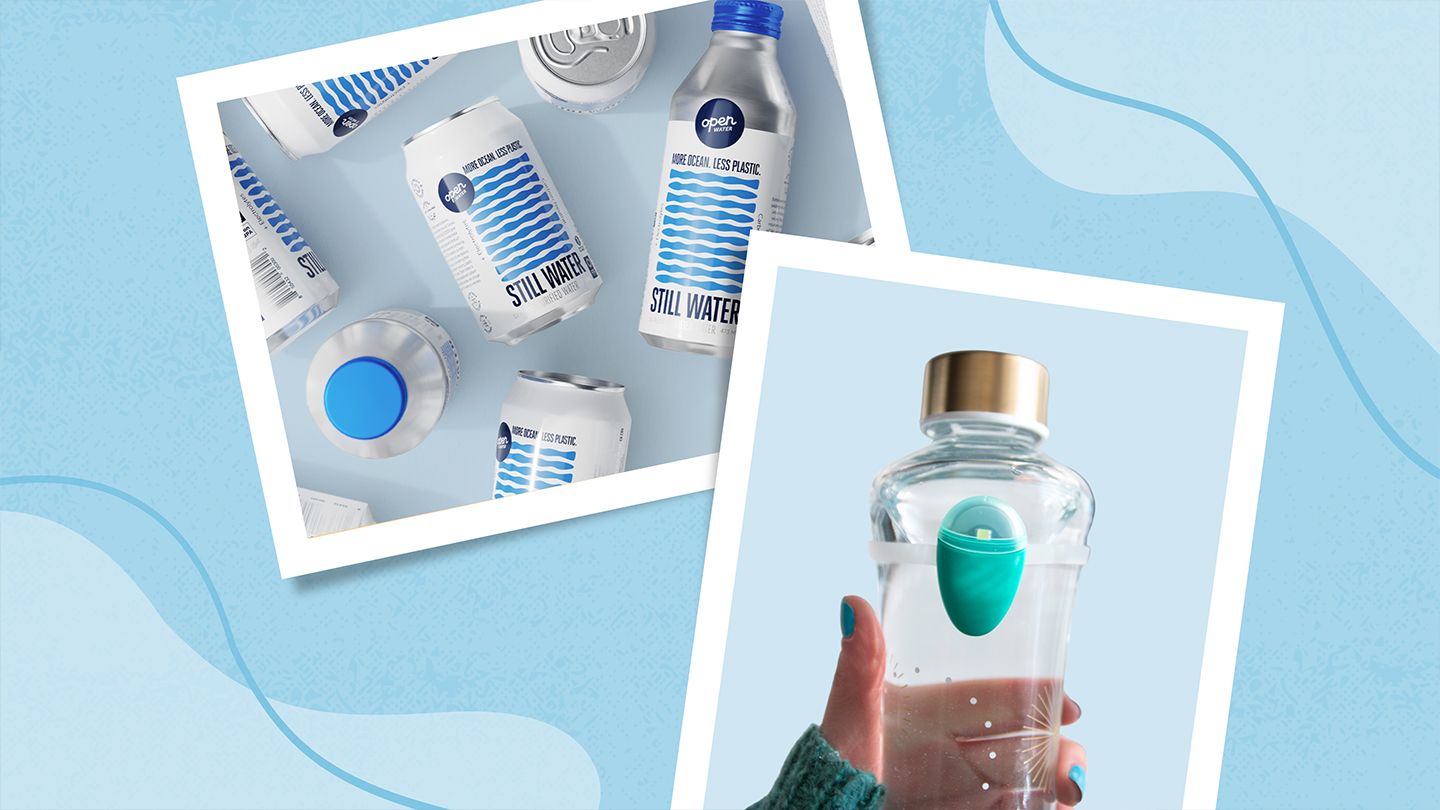A Complete Guide to Using Intake Nose Strips for Congestion Relief
Stuffy, congested sinuses can make it difficult to breathe and sleep. While medications can help, many people prefer using natural remedies for sinus relief. One popular option is intake nose strips - adhesive strips that gently open nasal passages to promote airflow.
Keep reading to learn all about how intake nose strips work and how to use them properly for maximum decongestion. We'll also cover other practical self-care tips for getting relief when sinuses feel stuffed up and inflamed.
What Are Intake Nose Strips?
Intake nose strips are adhesive strips applied to the bridge of the nose to open nasal airways and improve breathing. The flexible plastic strips have gentle springs inside that work to open the nasal passages mechanically. Most brands also incorporate an aromatic scent to further promote decongestion.
Leading drugstore brands like Breathe Right offer intake nose strips to provide temporary relief from nasal congestion caused by colds, allergies, and environmental irritants. They are drug-free and can be used as needed for clogged noses.
How Do Intake Nose Strips Work?
Intake nose strips alleviate stuffed sinuses through a dual-action approach:
- Physical springs: Flexible bands inside the strip gently lift and open the nasal passages to improve airflow.
- Aromatherapy oils: Menthol, eucalyptus, and camphor create a cooling sensation and help reduce inflammation.
Together, the physical lift and aromatic oils shrink swollen sinus tissue and allow for easier breathing through the nose. The adhesive holds the strips in place across the bridge of the nose for several hours of relief.
Benefits of Intake Nose Strips
Compared to oral decongestants and nasal sprays, intake nose strips offer a safe, effective, and non-drowsy option for clearing sinus congestion. Benefits include:
- Rapid congestion relief
- Increased airflow and ability to breathe through nose
- Reduce inflammation and sinus pressure
- Open nasal passages without drugs
- Can be used while sleeping for clearer breathing
- Safe for long-term, occasional use
- Inexpensive and reusable
For mild to moderate nasal stuffiness, intake strips can restore free breathing fast. They are safe for adults and children ages 5 and up.
Types of Intake Nose Strips
Drugstores offer a wide selection of intake nose strips, including:
- Original strips: Contain flexible springs with menthol and eucalyptus.
- Extra strength: Have stronger springs and higher aromatic concentrations.
- Nighttime strips: Designed to stick better throughout sleep.
- Sensitive skin: Hypoallergenic adhesive and scent-free.
- Maximum strength: Wider shape and more springs for severe congestion.
- Cool burst: Infused with cooling menthol scent.
Choose strips based on your congestion severity and skin sensitivity. For children, mild original strips are recommended.
How to Use Intake Nose Strips for Best Results
Follow these best practices when applying and wearing intake nose strips:
Prep Skin Properly
Intake strips adhere best to clean, dry skin free of oil, cream, and sweat:
- Wash face with gentle soap and water.
- Dry skin thoroughly before application.
- Don't apply moisturizers or oils before use.
Apply to Clean, Dry Nose
For the strongest hold, apply strips to a freshly washed and dried nose:
- Wet nose and gently exfoliate to remove any oils or flakes.
- Dry nose thoroughly with a clean towel.
- Immediately apply the strip while skin is still clean.
Align Strip Carefully
Proper strip alignment ensures maximum results:
- Place directly down bridge of nose, centered from tip to brow.
- Smooth over wings of nostrils but don't cover them fully.
- Press down firmly across entire strip for strong adhesion.
Use Nightly for Best Congestion Relief
Apply strips before bed for clearer breathing as you sleep:
- Stuffy noses often worsen lying down.
- Nighttime strips provide hours of uninterrupted relief.
- Prevents mouth breathing and dryness while sleeping.
Give Strips Time to Work
Intake strips take 15-30 minutes to begin actively lifting and opening nasal passages. Be patient and allow them to take effect.
Reapply Fresh Strips as Needed
As strips lose adhesion after several hours, replace with a fresh strip for ongoing relief. Reapply daily or multiple times per day if congestion persists.
Complementary Remedies for Sinus Relief
While intake strips can provide quick decongestion, incorporating other remedies enhances and prolongs relief. Helpful complementary therapies include:
Humidifiers
Warm, humid air loosens mucus, soothes inflammation, and prevents dryness that irritates sinuses. Use a humidifier daily in bedrooms and other rooms you occupy for extended periods.
Steam Therapy
Inhaling steam thins mucus naturally for easier drainage. Boil water, drape a towel over your head, close your eyes and breathe deeply for 5-10 minutes.
Warm Compresses
Applying a warm, wet washcloth over the sinus area improves circulation, reduces swelling and drains backed-up mucus from sinus cavities.
Saline Nasal Rinses
Washing nasal passages daily with a saline rinse removes allergens, bacteria, and excess mucus. This can prevent post-nasal drip and coughing.
Guided Breathing
Deep breathing techniques maximize air exchange to nourish inflamed tissues. Try yoga breathing exercises or breathwork apps.
Spicy Foods
Spicy dishes containing capsaicin or horseradish act as decongestants by thinning mucus and stimulating drainage. Avoid during heartburn or acid reflux flare-ups.
Lifestyle Tips for Preventing Sinus Congestion
Making certain lifestyle adjustments can decrease sinus problems and reliance on decongestants like nose strips:
Stay Hydrated
Drinking adequate water keeps mucus thin and flowing rather than thick and congested. Aim for eight 8-oz glasses daily.
Manage Allergies
Allergies cause chronic sinus swelling and stuffiness for many people. Identify and limit exposure to personal allergy triggers.
Quit Smoking
Smoking irritates sinuses and increases mucus production. Quitting provides major sinus relief as cilia regrow.
Use Air Purifiers
High-quality HEPA air purifiers actively reduce airborne allergens and irritants within a space.
Try a Low-Inflammatory Diet
Limiting dairy, wheat, alcohol and processed foods decreases systemic inflammation, including sinus swelling.
Diffuse Essential Oils
Eucalyptus, peppermint, and tea tree oils help open nasal passages when diffused. Or apply topically beneath nose.
Rinse After Swimming
Chlorinated water can exacerbate sinuses. Always rinse sinuses and nasal passages after swimming.
Risks and Side Effects of Intake Nose Strips
When used as directed, intake nose strips are very safe and well tolerated. However, they do carry some potential risks and side effects to consider.
Skin Irritation
The adhesive can cause minor skin irritation, redness or itching for those with sensitive skin. Discontinue use if this occurs.
Nasal Dryness
Overuse may dry out nasal tissues. Counter this with hydration and saline nasal spray.
Rebound Congestion
Some users report increased stuffiness after strip removal as tissues swell again. Use sparingly to avoid this rebound effect.
Discomfort Upon Removal
Pulling strips off can tug at facial hair and skin. Remove gently and slowly.
Skin Stains
Porous medical grade adhesive can temporarily stain skin. Wipe away any residue immediately after removal.
Accidental Ingestion
Swallowing strips could cause choking. Keep out of reach of children and pets.
Who Should Avoid Using Intake Nose Strips
While intake strips are very safe, the following groups should exercise more caution or avoid use:
- Children under age 5
- People with chronic sinus infections
- Those with frequent nosebleeds
- Individuals with sensitive skin prone to irritation
- Anyone with an allergy to adhesives or aromatics
- People taking blood thinners or antibiotics
- Pregnant or breastfeeding women
For severe or chronic congestion issues, see an ENT specialist to explore underlying causes and medical treatment options.
Are Intake Nose Strips Worth Trying?
For occasional sinus stuffiness, intake nose strips offer noticeable improvements in breathing comfort. Benefits include:
- Fast relief from congestion and inflammation
- Increased airflow through nasal passages
- Ability to breathe and sleep easier
- Well tolerated by most users
While not a cure for chronic sinusitis, intake strips provide safe, effective temporary relief for congestion. Given the low cost and ease of use, they are worth keeping on hand for sinus relief.
Used occasionally and correctly, intake nose strips can be powerful tool for clearing clogged nasal passages when environmental allergens strike or colds hit. Just be sure to incorporate other healthy habits to keep sinuses clearer long-term.
FAQs
How long do intake nose strips last?
Most intake nose strips will stay adhered for 6-12 hours before needing replacement. Nighttime strips tend to stay on longer through sleep.
Can I wear nose strips daily?
It's best to limit intake strips to occasional use rather than daily. Frequent use can dry out nasal tissues. Use for 3-4 consecutive days maximum.
Do intake strips help with snoring?
By opening nasal airways, intake strips can potentially reduce snoring caused by nasal congestion and obstruction. They may not help non-congestion related snoring.
Can children use intake nose strips?
Most brands approve intake strips for children ages 5 and older. Choose original strength, not extra strength strips for kids.
Should I use nose strips with other decongestants?
It's safe to use intake strips along with oral decongestants or nasal sprays as needed. Follow all dosage instructions carefully when combining.
Disclaimer: This article is for informational purposes only and does not constitute medical advice. Always consult with a healthcare professional before starting any new treatment regimen.
Related Coverage
Learn about Coricidin HBP, its ingredients, and how it can cause drowsiness. Discover user experiences and important safety considerations to make informed decisions about this medication....
Learn about the benefits and precautions of using DayQuil and ibuprofen together to treat cold and flu symptoms. Follow dosage guidelines carefully....
Drinking adequate water provides tremendous benefits including healthier skin, improved digestion, weight loss, detoxification, and increased energy levels....
Waking up congested and stuffy is miserable. Try using a humidifier, neti pot, nasal strips, steam, and more remedies before bed to prevent morning nasal congestion....
Wondering if you can take Dayquil and Flonase together for a stuffy nose? Learn about the safety, potential side effects, and tips for using these medications properly....
GetNosey with mind-blowing runny nose facts plus hilarious mucus and phlegm jokes! Learn astonishing nasal discharge truths embracing snot sensations humorously....
Want to buy Actifed for colds without a prescription? Understand age limits, purchase quantities, ID requirements, and tips to easily get Actifed over the counter....
Daytime cold and flu symptoms like sore throat, fever, aches, and fatigue can make it hard to function. Learn how to manage symptoms, treat at home, and know when to see a doctor....
Soothe sore throat irritation fast with at-home remedies like saltwater gargles, throat lozenges, honey, tea and OTC meds. Tips to ease throat pain quickly overnight....
Take this hand hygiene quiz to see if you know all the right handwashing techniques to kill germs. Learn effective scrub time, soap use, rinsing, drying steps....








